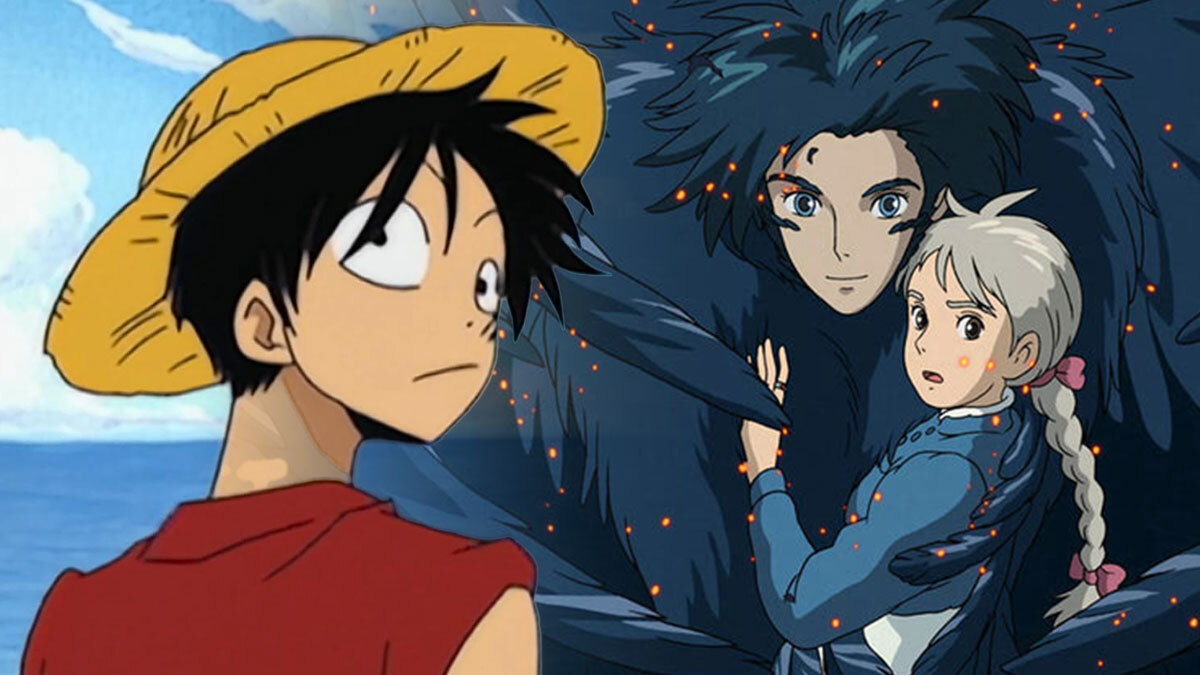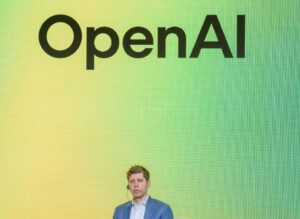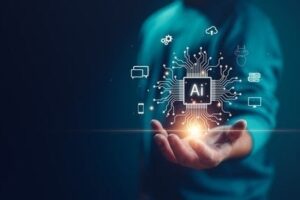One Piece Director Files Lawsuit Against OpenAI for Plagiarism: ‘Studio Ghibli Deserves Better Treatment’

The Rise of Studio Ghibli AI Art
Global Trend in AI Art Generation
Recently, millions of people around the world have joined the trend of transforming their personal photos into art resembling the iconic style of Studio Ghibli movies. This surge in popularity follows the introduction of a new image generation feature by OpenAI’s ChatGPT-4, which allows users to convert images into Studio Ghibli-inspired artwork. Celebrities and everyday users alike have been sharing their transformed images online, leading to a wave of excitement and creativity.
However, this trend has sparked considerable debate regarding copyright issues and the impact on traditional artists. While many individuals are rejoicing over their creative interpretations, professional artists are expressing concern about the exploitation of their work.
Concerns Raised by Industry Professionals
Creative professionals are voicing their worries about the implications of AI-generated art on the industry. Megumi Ishitani, a prominent director known for various successful anime shows, took to social media to voice her frustration. She expressed a desire for legal action to protect the integrity of Studio Ghibli’s creations, which she believes are being unfairly exploited by AI technologies.
Ishitani stated, "I want legal action to be taken… I can’t stand seeing Ghibli treated so cheaply." This sentiment has resonated with many artists who feel that the work of renowned creators, such as Hayao Miyazaki, is being devalued.
The Debate: Art Demotivation vs. Democratization
The emergence of AI tools in the art world has raised two contrasting perspectives. Some people argue that AI democratizes art creation, allowing anyone to participate without needing traditional skills. They view this as a positive shift, enabling broader access to artistic expression. However, critics argue that this perspective overlooks the years of hard work and skill development required to produce high-quality art.
Creating art involves not only technical abilities but also a deep connection to imagination and personal expression. This essence is something that cannot be replicated by a machine. Advocates for human artistry believe that rather than using AI to create, individuals should engage in traditional artistic practices.
The Legal and Ethical Implications of AI Art
As this trend continues to evolve, legal questions surrounding the use of original styles in AI-generated art become increasingly pressing. Megumi Ishitani, among others, has highlighted the need for clearer regulations to prevent unauthorized usage of established styles and works. The industry is now grappling with how to address these ethical concerns while balancing the potential benefits of AI.
Artists and creators are advocating for recognition and protection of their work, emphasizing that originality and creativity must remain valued in a landscape where AI is becoming more prevalent.
Voices from the Community
While public sentiment is mixed, many voices within the artistic community are advocating for responsible use of AI technologies. They encourage enthusiasts to appreciate and respect traditional artistry while exploring the new possibilities that AI might offer. Some prominent figures, such as musician Vishal Dadlani, have publicly criticized the practice of using AI for creating art that resembles the work of others, stating it undermines the labor and creativity of original artists.
The discussion surrounding AI art continues to unfold, revealing the challenges and opportunities faced by traditional artists and enthusiasts alike. As this digital transformation progresses, striking a balance between innovation and respect for original artistry remains a crucial conversation in the artistic community.





